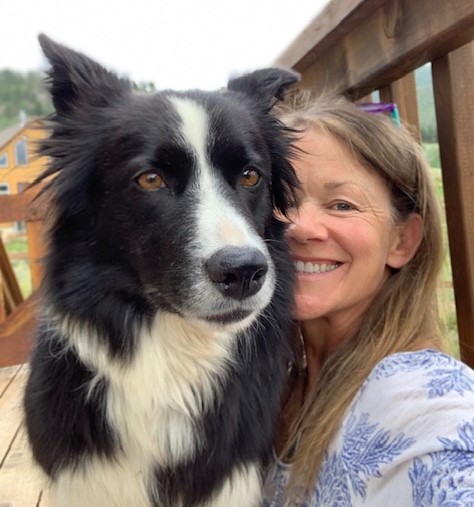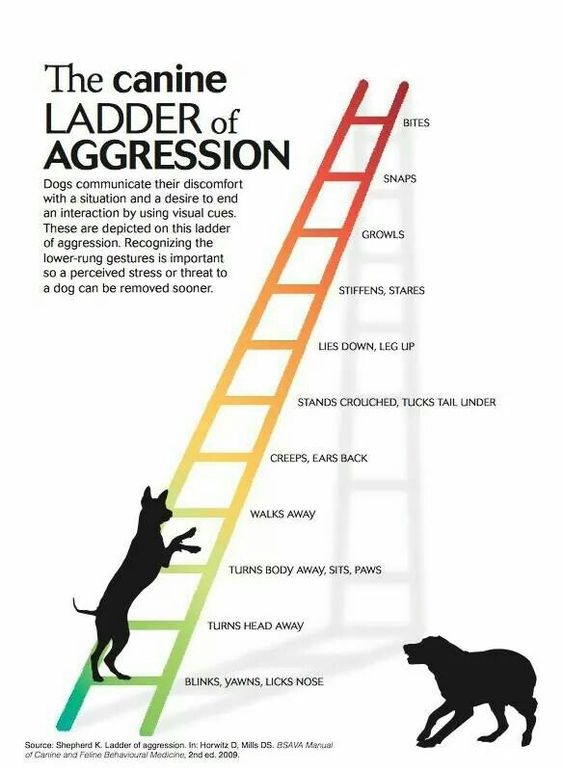If your dog barks at everyone who comes into the home, know that you are not alone. It’s one of the most common challenges pet behaviorists hear about.
Humane Society of the Pikes Peak Region spoke with Jenni Pfafman, a Fear Free Certified trainer, about why “stranger danger” exists with some dogs and the best practices to help your dog feel more comfortable with new people entering your home.

For any sudden behavior change that seems idiopathic, your first call should be to your veterinarian. Sudden, unexplainable behavior changes may have a medical cause. Consider your own behavior when you have a nagging ache or pain, or an upset stomach. I know that I tend to react more strongly to things that normally wouldn’t bother me much. It is reasonable to believe the same goes for our dogs, and often a veterinarian can diagnose pain or illness that might explain the behavior change.
Dogs communicate very clearly when we know how to “listen,” and it is important that you learn to recognize early signs of fear and stress in your dog. If you are able to recognize the early signs of fear and stress, your dog will be less likely to escalate to snarling, growling, or even biting. Every dog is different, and some are quicker to escalate their level of aggression than others, so it is important to understand your dog as an individual. You should also never punish growling. Your dog may prefer to be left alone, just as you might not want a stranger to approach you. A growl is a perfectly natural way for a dog to indicate that they are uncomfortable with a situation. A dog who has been punished for growling may bite with less warning

If your dog barks at strangers who enter the home, it is recommend that you work with a professional. But prior to the professional training, there are steps you can attempt to help your dog feel more comfortable when new people come into your home.
- Before going outside to meet the new person (Sam), the guardian (Billy) should place a container of delicious treats next to the place where Sam will sit upon entering the home. Billy should also have some treats.
- Meet the new person outside in the daylight. Sam should not pay too much attention to the dog (we’ll call them Max). Sam and Billy should speak in low, calm tones to each other, and should start walking in the same direction together.
- Billy should try to keep the leash loose. Sam should maintain a distance at which Max cannot reach them, but they remain in view. If Max can normally eat treats on walks, that can also be a good gauge for his emotional state. Can they eat a treat? Does Max eat it normally or very fast?
- If Max’s body language indicates that he is comfortable (relaxed, loose, tail wag appropriate for body type, light panting with open mouth, relaxed ears, willing to eat), head back towards the house.
- Sam (the new person) should enter the home first. They should sit on the couch with the treats. Once they are settled, Billy and Max can enter. If Max does not have a bite/bite attempt history, let them off the leash and allow them to control how close they get to Sam. If they stay very far away, Billy can toss treats to Max in a way that allows them to move farther away or at least maintain distance. As Max gets closer, Sam can toss treats, again in a way that allows Max to maintain distance or ideally move away to get the treats.
- If Max approaches Sam to sniff them, Sam should not reach out or pet Max. Max may just be gathering information. If you approach a new person to introduce yourself, you would probably be a bit taken aback if they assumed that meant you wanted a bear hug and a kiss.
These are just the first few steps to take and may vary depending on individual dogs and people. If you have any questions about bringing new people into your home, please contact a certified professional dog trainer who is skilled in working with reactivity or aggression and uses reward-based training methods.







